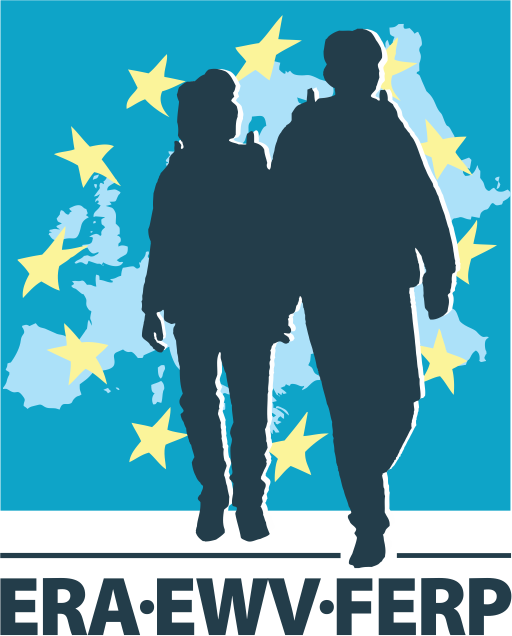Welcome to the European Ramblers Association (ERA), the driving force behind the protection and enhancement of international walking paths across Europe. As a prominent umbrella organization founded in 1969, ERA is dedicated to fostering a sense of responsibility, promoting cultural exchange, and ensuring sustainable practices in walking and outdoor recreation.
Protecting and maintaining international walking paths, as championed by the European Ramblers Association (ERA), involves various challenges and opportunities.
Challenges:
- Environmental Impact: The increased foot traffic on popular walking paths can lead to environmental degradation, affecting local ecosystems and wildlife. ERA faces the challenge of balancing the promotion of walking activities with minimizing the environmental impact.
- Infrastructure Maintenance: Maintaining the infrastructure of long-distance paths, including bridges, signs, and trails, requires ongoing effort and resources. Ensuring that these paths are safe and accessible is crucial for the walking experience.
- Cross-Border Cooperation: Given that ERA operates across European countries, navigating the different regulations, policies, and cultural considerations can be challenging. Harmonizing efforts and ensuring cooperation among member organizations is vital.
- Tourism Pressure: Popular walking routes may experience a surge in tourism, leading to overcrowding and potential conflicts with local communities. ERA needs to find a balance that supports tourism without negatively impacting the local environment and communities.
Opportunities:
- Cultural Exchange: Walking paths provide an excellent opportunity for cultural exchange. ERA can promote understanding and appreciation of diverse cultures by facilitating interactions between walkers from different countries along these routes.
- Economic Benefits: Well-maintained walking paths can contribute to the local economy by attracting tourists. ERA can work on sustainable tourism models that benefit local communities while preserving the natural and cultural heritage.
- Technology Integration: Leveraging technology, such as mobile apps and online platforms, can enhance the walking experience. Providing digital maps, trail information, and real-time updates can make paths more accessible and enjoyable.
- Education and Advocacy: ERA can seize the opportunity to educate walkers about responsible and sustainable practices. By advocating for environmental conservation and cultural preservation, the association can foster a sense of responsibility among walkers.
- Collaboration with Authorities: Building strong partnerships with national and regional authorities can help in addressing regulatory challenges and obtaining support for the maintenance and protection of walking paths.
In summary, ERA faces challenges related to environmental impact, infrastructure maintenance, cross-border cooperation, and tourism pressure. However, opportunities exist for cultural exchange, economic benefits, technology integration, education, and collaboration with authorities to enhance the protection and maintenance of international walking paths.

